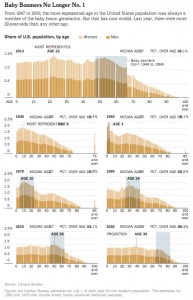A group of economics/statistics researchers at Harvard University have a project called Opportunity Insights: “Our mission is to develop scalable policy solutions that will empower families throughout the United States to rise out of poverty and achieve better life outcomes.”
In 2017, the NYT published an op-ed (titled “America’s Great Working Class Colleges“) on one of their research projects: “The most comprehensive study of college graduates yet conducted, based on millions of anonymous tax filings and financial-aid records….the study tracked students from nearly every college in the country (including those who failed to graduate), measuring their earnings years after they left campus. The paper is the latest in a burst of economic research made possible by the availability of huge data sets and powerful computers.”
The op-ed discusses CUNY specifically, and has a handful of graphs showing some of the data. But the NYT also created an interactive website which lets you explore the data for any college in the country. Take a look:
https://www.nytimes.com/interactive/projects/college-mobility
(The relevant concept from our course is that of percentiles; the data that is given is in terms of students’ family income percentiles, and specifically quintiles.)





